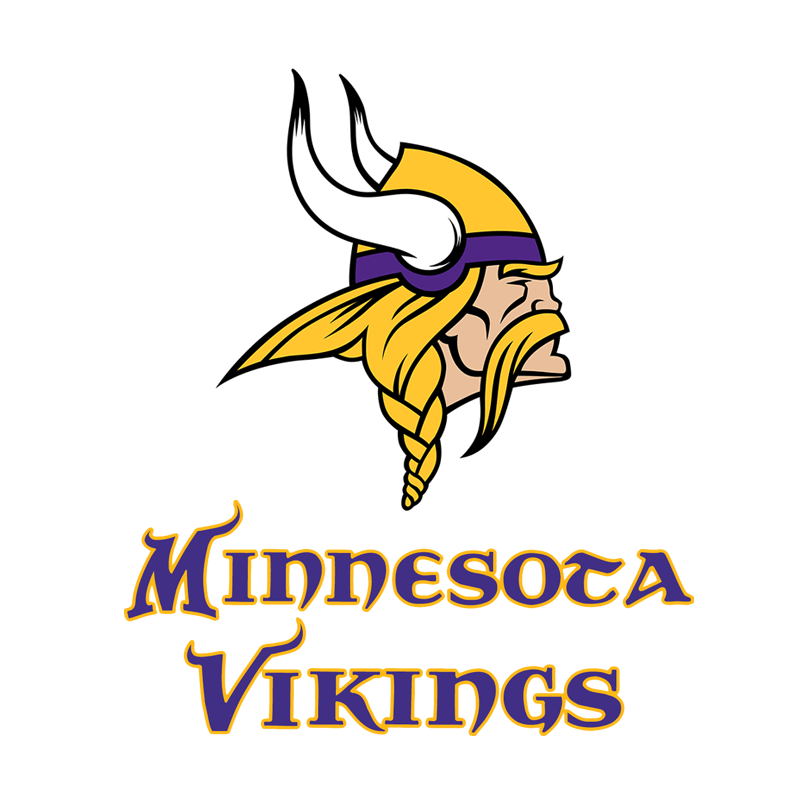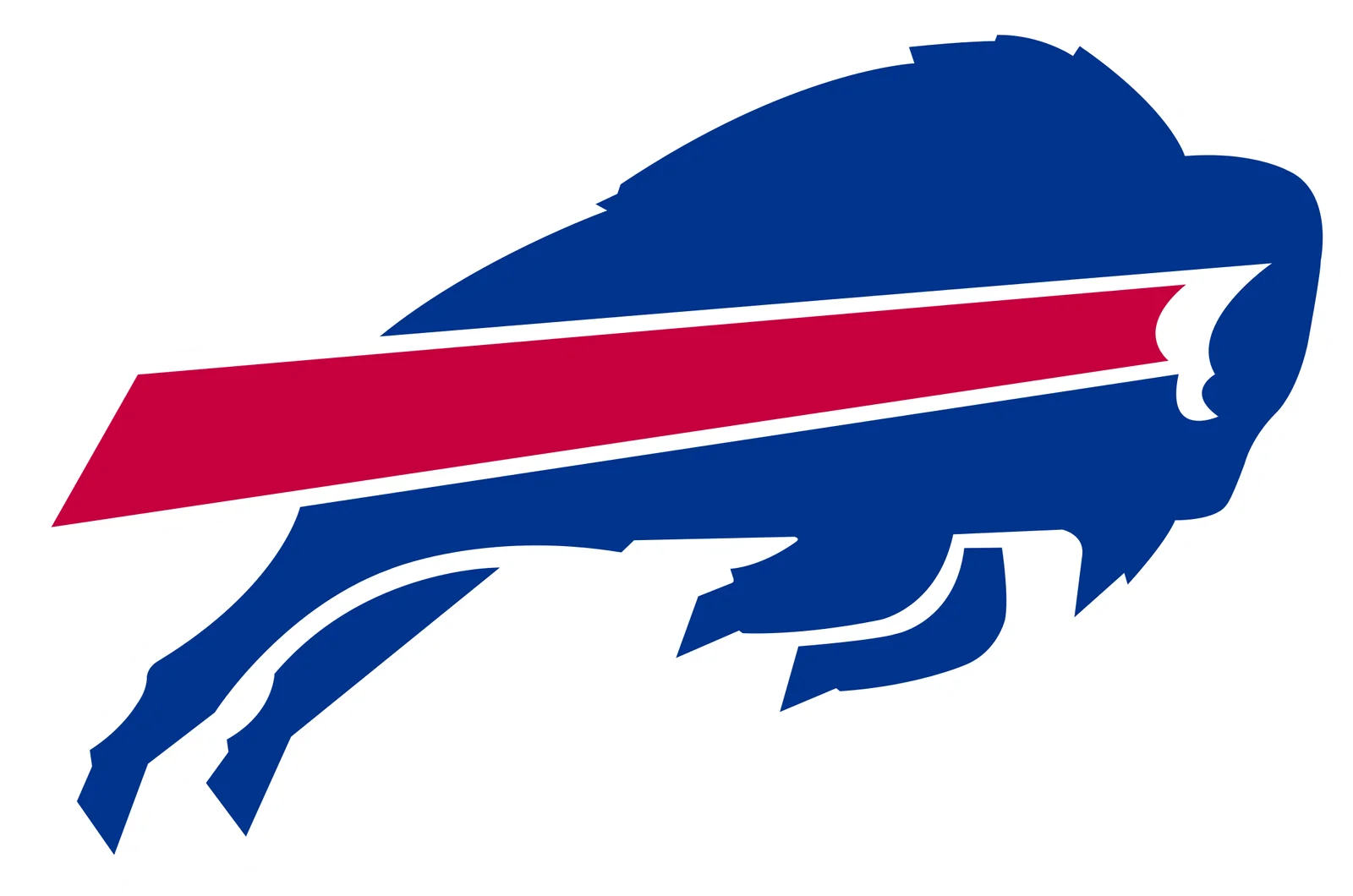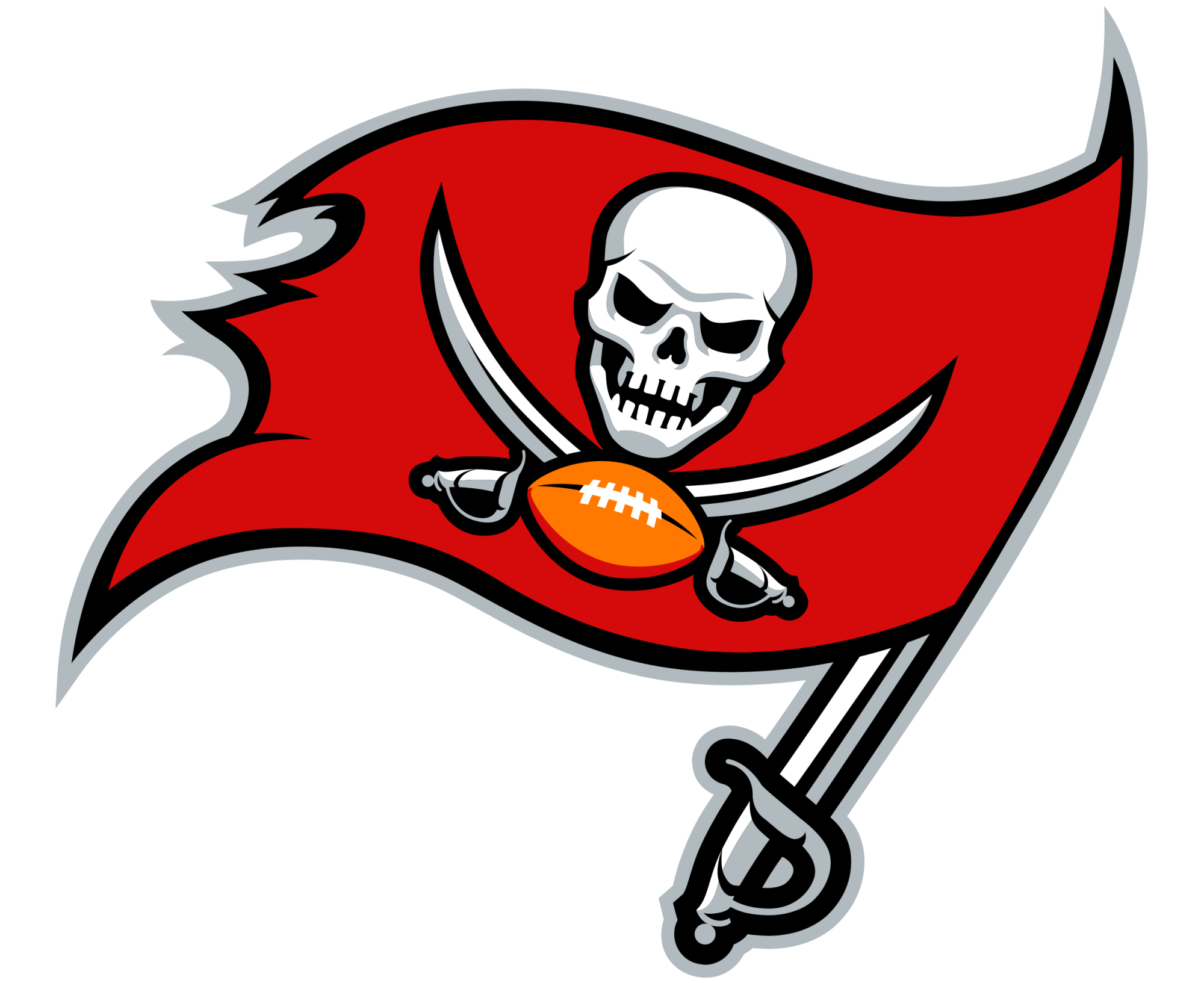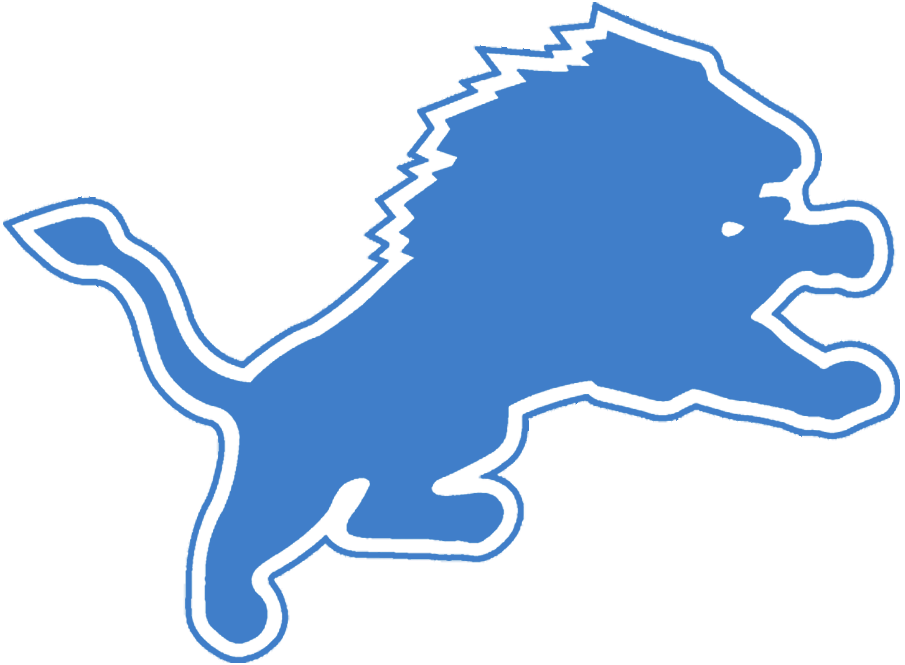Heat Culture? More Like ‘Phin Culture
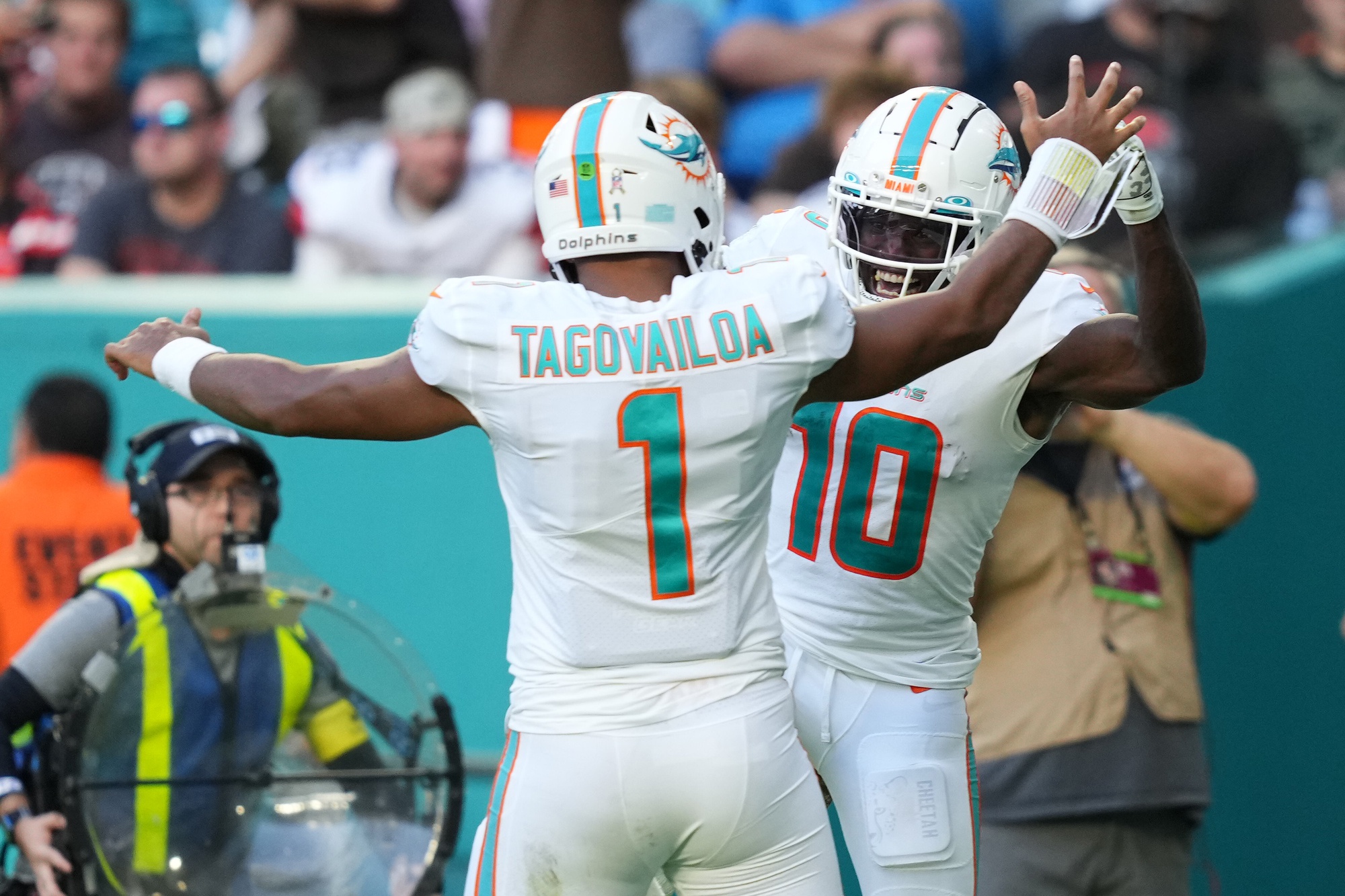
Credit: Jasen Vinlove-USA TODAY Sports
One of the first things that comes to mind when you talk about the Miami Heat franchise is Heat Culture. When asked to explain what Heat Culture actually entails, Pat Riley said it meant the “hardest working, best conditioned, most professional, unselfish, toughest, meanest, nastiest team in the NBA.” That mentality proved to be successful for the Heat, who have won three NBA titles under Pat Riley’s tutelage.
Heat Culture means so much to the city of Miami that the organization unveiled new Heat Culture jerseys for the 2023 NBA season. The jerseys feature the aforementioned phrase coined by Riley, and those words also featured prominently on the Heat’s basketball court. Culture is a big deal here in Miami, and we’re beginning to see their NFL team develop their own “Dolphin Culture.”
Riley and Erik Spoelstra are the two driving forces behind Heat Culture, both of whom have earned the right to dictate the terms on how they want to run the franchise. The Miami Dolphins, on the other hand, are taking a more collaborative approach toward creating a winning culture. It all starts with the players, and the twin contract extensions to Tyreek Hill and Tua Tagovailoa are perhaps the biggest testament to showcasing Miami’s budding culture.
Hill is coming off a career year with the Dolphins where he led the league in receiving yards (1,799), yards per game (112.4), and touchdowns (13) in 2023. He was voted by his peers as the NFL’s No. 1 player, beating out former teammate Patrick Mahomes who won the award in 2023, as well as last year’s runner-up Justin Jefferson.
With one year remaining on his extension, Tyreek was in line for a new contract and could’ve easily asked for more than Jefferson who was recently made the NFL’s highest-paid non-quarterback with an average annual salary of $35 million per year.
As tempting as it may have been for Hill to demand market rate, he instead opted to take less money to ensure he stayed with the Miami Dolphins. Hill explicitly told his agent Drew Rosenhaus: “Do not get me traded, bro.” Although Hill’s restructured contract generously makes him the wide receiver with the most guaranteed money in NFL history, he is only the fourth-highest paid at his position behind Jefferson, A.J. Brown, and Amon-Ra St. Brown in terms of salary.
Tagovailoa was in the same exact boat as Hill. He could have easily made himself the highest-paid QB in the NFL and be able to justify it because of the ever-increasing market rate at quarterback. Yet, Tua’s deal only made him the third highest-paid QB based on average salary, behind Joe Burrow and Trevor Lawrence. That number has since dropped down to fourth-most among NFL quarterbacks after the Green Bay Packers signed Jordan Love to a four-year deal worth $220 million at $55 million per year.
The fact that both Tyreek and Tua were willing to take less money to stay in Miami is proof that the Dolphins have created an environment that players want to be in. Your first instinct may be to credit Mike McDaniel and Chris Grier for establishing such a culture. However, what’s interesting here is that no one wants to take credit for it. In a recent press conference, McDaniel said the top players on the team have tremendous influence on the locker room and are dictating the terms for the team.
“You have different people step up that decide that their voice is going to be a dictating factor in the direction you’re going,” McDaniel said. “So for instance, do you guys know who the orange jersey is today? It’s Jalen Ramsey. He’s a player that’s decided that he wants to dictate the terms. There are guys that have been on the roster that are developing, just as I talked about Tyreek developing, like Zach Sieler and Jevon Holland are making huge [plays]. In a different year, the more confidence you get as leaders, the more you develop, the more that the team takes its own identity.”
Tagovailoa was asked what it meant to him when McDaniel stated that the top players were dictating the terms. Just like McDaniel, Tua also refused to take sole credit saying: “This isn’t Mike’s team, this is our team” Tagovailoa said. “Our coaches, they’re out there to give us the tools that we need to help us go out there and be successful. Sort of our mantra of how we go out there and do things is if I go out there and I throw a pick, it’s not [quarterback coach] Darrell Bevell that threw the pick, it’s not Mike McDaniel’s play call that threw the pick, that’s my name on that. That’s our offense’s name on that. So that’s sort of how our outlook is on how we go out there, our style of play, our mentality, our mindset as we go out there.”
The reason why Tua and Tyreek wanted to stay in Miami is because of Dolphin Culture. The players count on each other to set the tone for the organization, and the coaches are able to put their egos aside and become collaborators, not dictators. Miami is incredibly fortunate to put themselves in a position where players are willing to take less money to ensure they can stay long-term.
But they can do just that, thanks to the many things the organization does, from the top on down. Dolphin Culture did what most thought was impossible: keeping Tua, Tyreek, and Jaylen Waddle intact as the core of the Dolphins. That small miracle highlights the advantage that comes from building that kind of environment in the NFL, and even though no one wants to take credit for it, everyone in the organization should take pride in that accomplishment.
Up Next

